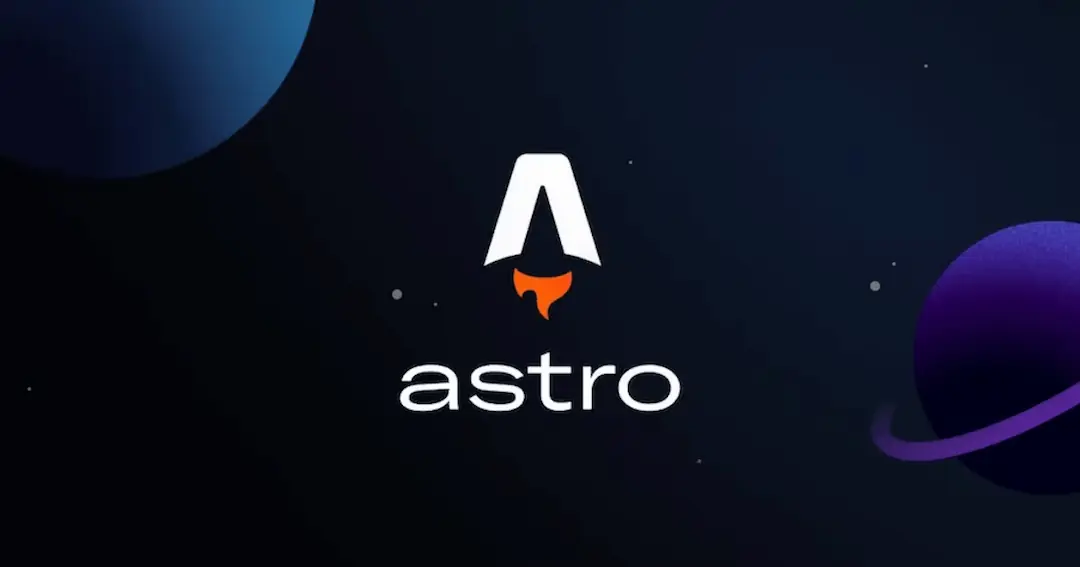Beginners Guide to astro's View Transition API

Simple and Easy Guide to get started with astro's View Transition API
View Transitions API
What is View Transitions API
The View Transitions API provides a mechanism for easily creating animated transitions between different DOM states while also updating the DOM contents in a single step.
View Transitions in astro
Astro supports opt-in, per-page, view transitions with just a few lines of code. View transitions update your page content without the browser’s normal, full-page navigation refresh and provide seamless animations between pages.
Basic View Transitions in astro
---
import { ViewTransitions } from "astro:transitions";
---
<!doctype html>
<html lang="en">
<head>
<!-- meta tags -->
<ViewTransitions />
</head>
</html>Now we have add the Transition Directives to our component. Lets say we want to transition a image from a blog post card to that blog post
Blog Post Card
<img transition:name={"image"+title} class="w-full group-hover:rounded-xl group-hover:scale-[1.04] rounded-t-2xl" src={heroImage} alt={title} />Blog Post
<img transition:name={"image"+title} width={1020} height={510} class="w-full md:w-10/12 mx-auto rounded-2xl"src={heroImage} alt={title} />Conclusion
View transitions bring a native feel to the web, and with Astro being the first major web framework to support them, you can start building arguably better transitions today.